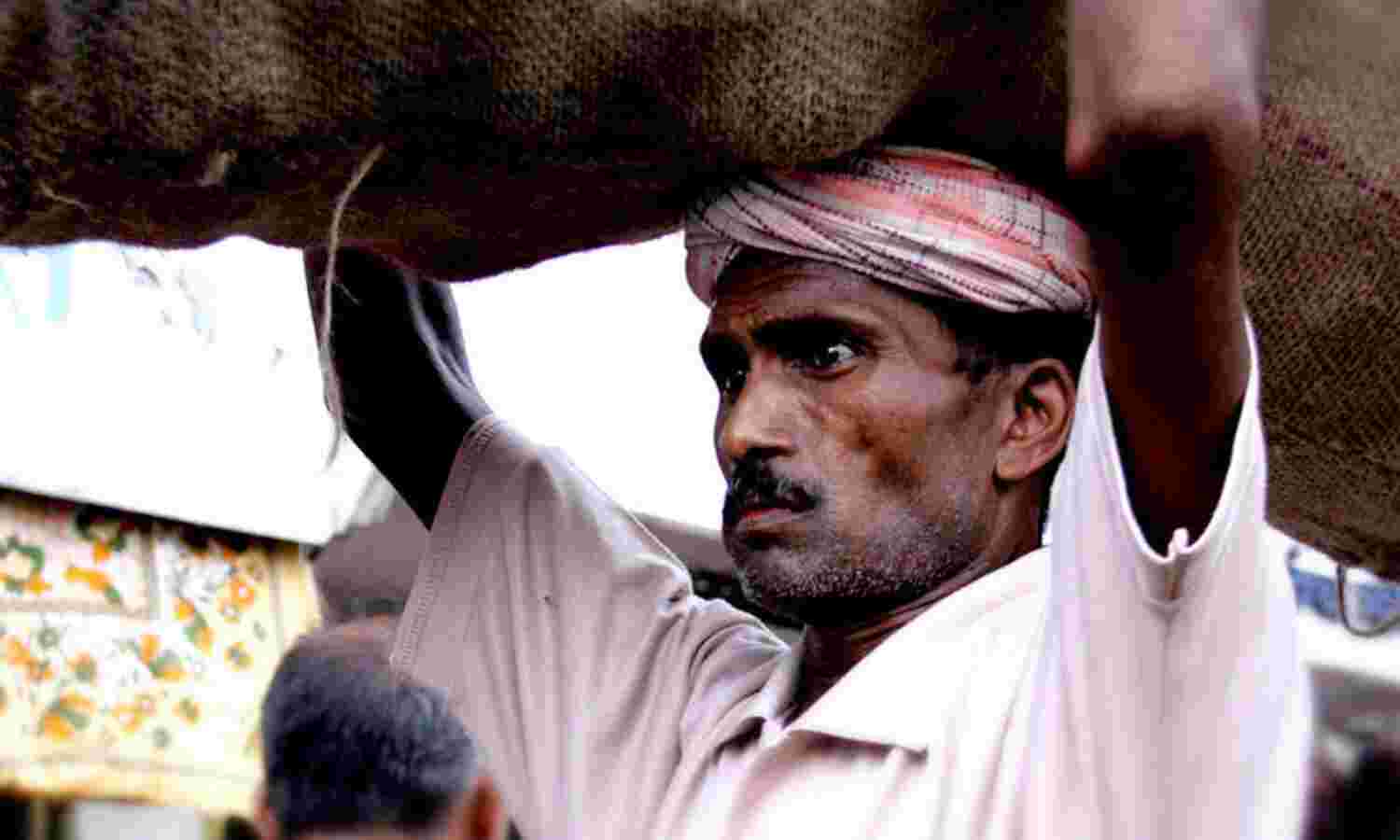India Had Job Losses In 2014-15 & 2015-16--Years Of High GDP Growth

Mumbai: India’s employment growth rate fell by 0.1% in 2015-16 and 0.2% in 2016-17, despite the country’s real gross domestic product (GDP) growing by 7.4% and 8.2%, respectively, according to data released by the India KLEMS database, a research project supported by the Reserve Bank of India.
Launched in 2009, the database measures industry and sector-wise productivity growth.
Several sectors--including mining and quarrying, and textiles and manufacturing--saw falling employment growth rates between 2014-15 and 2015-16. Agriculture has seen negative growth rates in employment since 2005-06, and over the last five years, the growth rate fell from -1.9% in 2011-12 to -3.6% in 2015-16.
The construction industry has seen a steady employment growth rate, 9.8% in 2011-12 and 8.2% four years later in 2015-16, despite the India KLEMS database showing that sector’s total factor productivity--a measure of efficiency--has been declining each year.
The construction industry’s average employment growth rate for the past five years is 9%--highest amongst the sectors which are traditionally large employers, often absorbing former agricultural workers.
Manufacturing's average employment growth rate over the same five year period (2011-12 to 2015-16) was 3.2% and the mining sector’s was -0.76%.
In 2015-16, the Skill India Mission spent Rs 1,176 crore on training people with the right skills to find alternative employment. In the same year, the employment growth rate fell 0.2% indicating a loss of jobs to the economy at a time when the government was attempting to make 400 million people employable under the scheme.
The Centre for Monitoring the Indian Economy (CMIE) estimated the current Indian unemployment rate to be 6.3%. However, following the demonetisation in November 2016 and the introduction of the Goods and Services Tax in July 2017, it remains to be seen how employment across multiple sectors has been affected. There have been reports (such as here and here) that the unorganised sector has been the worst hit--figures for which are not captured by the KLEMS database.
We storified the highlights from the KLEMS database:
#Employment fell by 0.2% and 0.1% in 2014-15 and 2015-16 respectively, despite real gross GDP growing by 7.4% and 8.2%, according to findings from the KLEMS India database. Follow this thread for more: (1/6)
— IndiaSpend (@IndiaSpend) March 29, 2018
Govt. spent Rs 1,176 crore on #SkilllIndia mission in 2015-16, yet in the same year #employment rate fell 0.2%. Mission aims to skill and employ 500 million by 2020, yet data shows negative growth rates in many sectors (2/6)
— IndiaSpend (@IndiaSpend) March 29, 2018
#Jobs growth contracted across several sectors in financial years 2014-15 and 2015-16 including: agriculture, mining, manufacture of food products, textiles, transport equipment and trade. Current unemployment rate post demonetisation and GST introduction estimated at 6.3% (3/6)
— IndiaSpend (@IndiaSpend) March 29, 2018
The #agriculture sector’s #employment growth rate fell from -1.9% in the financial year 2011-12 to -3.6% in 2015-16, representing a trend of agricultural workers continuing to leave the industry in search of alternative employment, often in construction industry (4/6)
— IndiaSpend (@IndiaSpend) March 29, 2018
Agricultural workers swap one low productivity sector for another. Construction industry’s #employment growth is steady for 5 years (9.8% in 2011-12 and 8.2% 2015-16) but data shows productivity growth has been falling since 2006-07 (5/6)
— IndiaSpend (@IndiaSpend) March 29, 2018
From 2011-12 to 2015-16 the #employment growth rates for #manufacturing fell from 3.9% to 2.1%, for #mining and quarrying fell from -0.2% to -1.8% and for financial services fell from 5.4% to 3.5%. #Jobs are disappearing and not being replaced in other sectors (6/6)
— IndiaSpend (@IndiaSpend) March 29, 2018
You can access the database on the Reserve Bank of India's website here: https://t.co/yNh1IYTufP
— IndiaSpend (@IndiaSpend) March 29, 2018
(Sanghera is an intern with IndiaSpend.)
We welcome feedback. Please write to respond@indiaspend.org. We reserve the right to edit responses for language and grammar.


